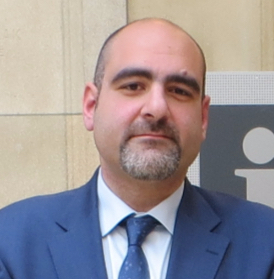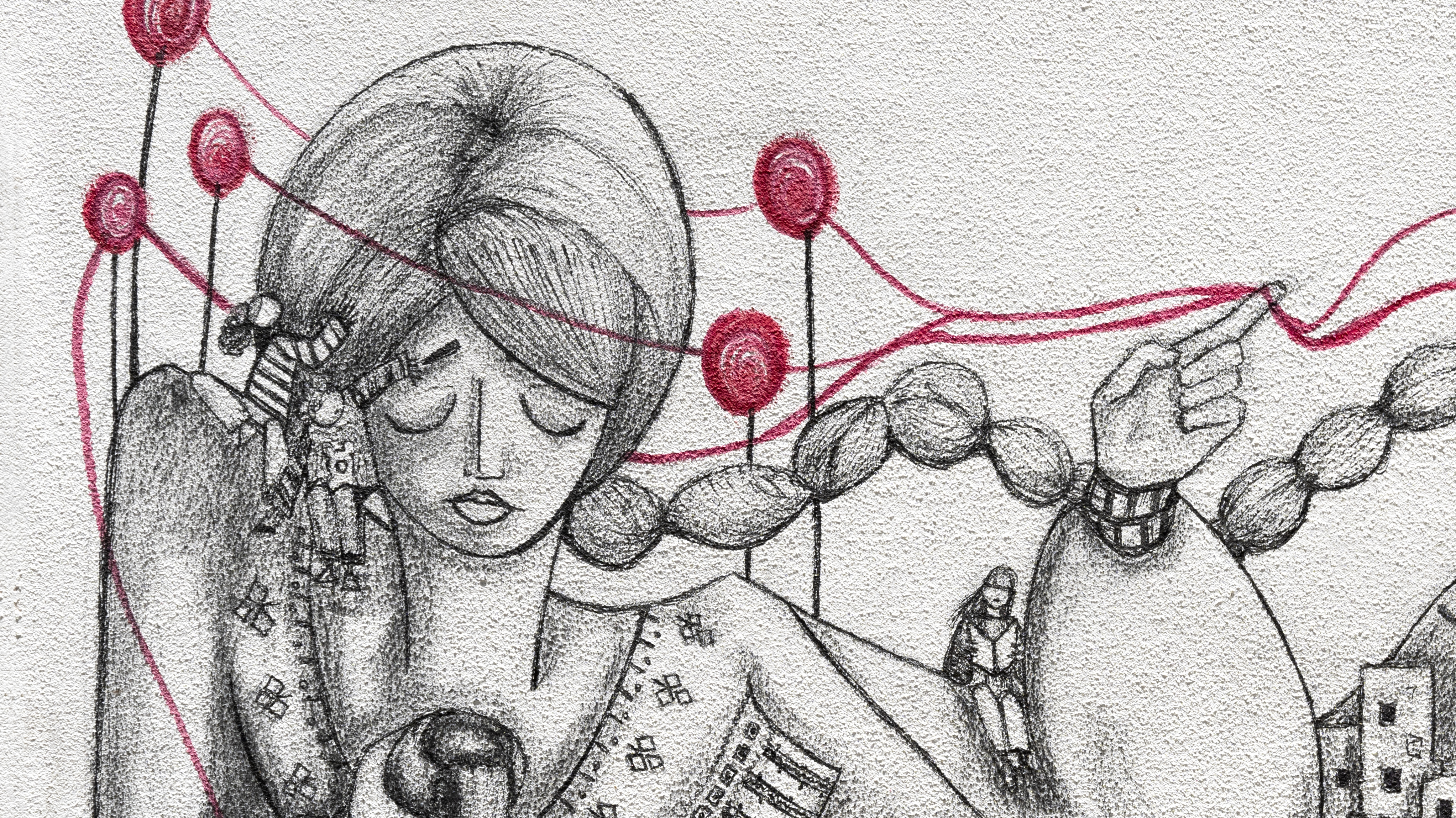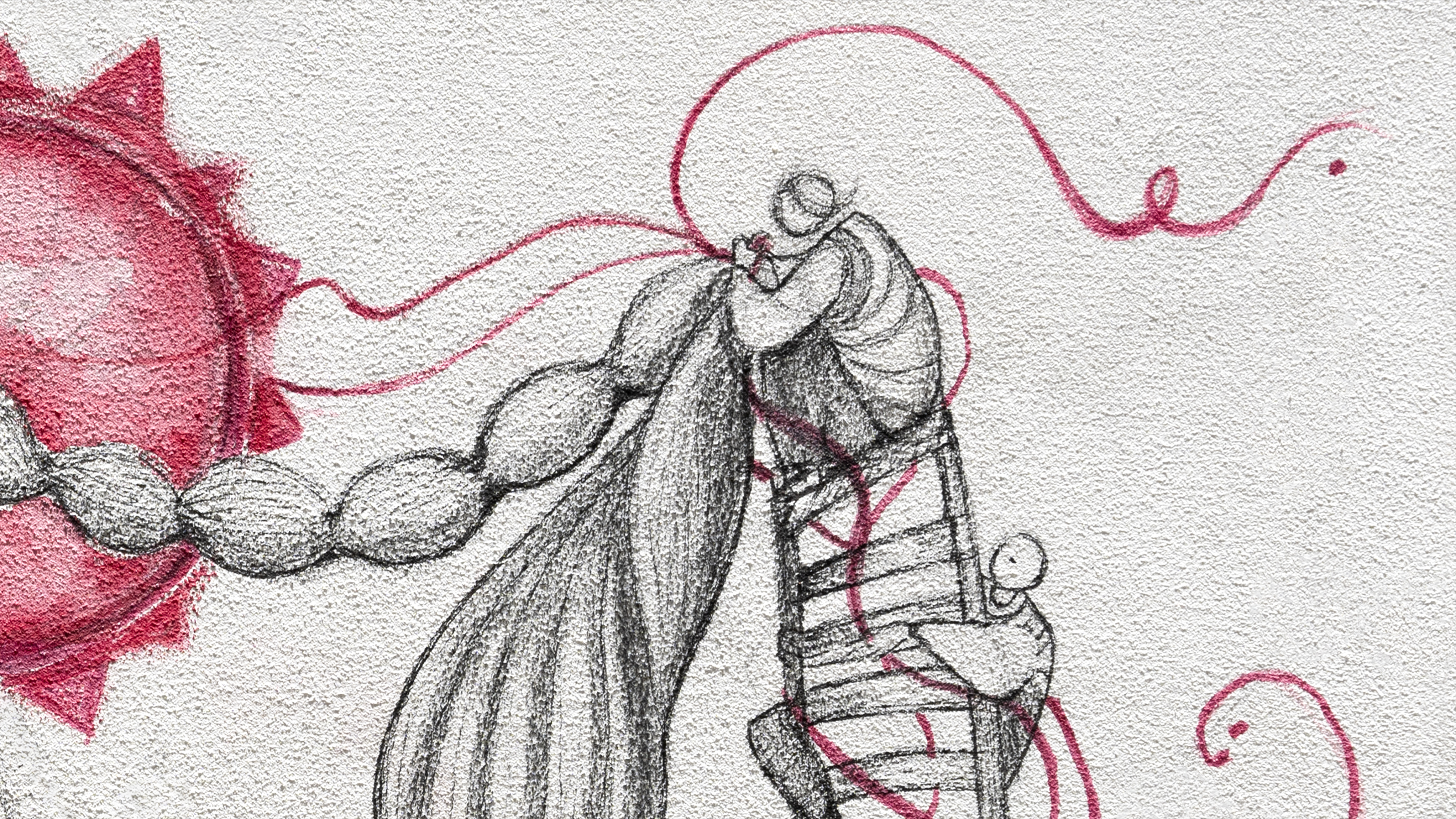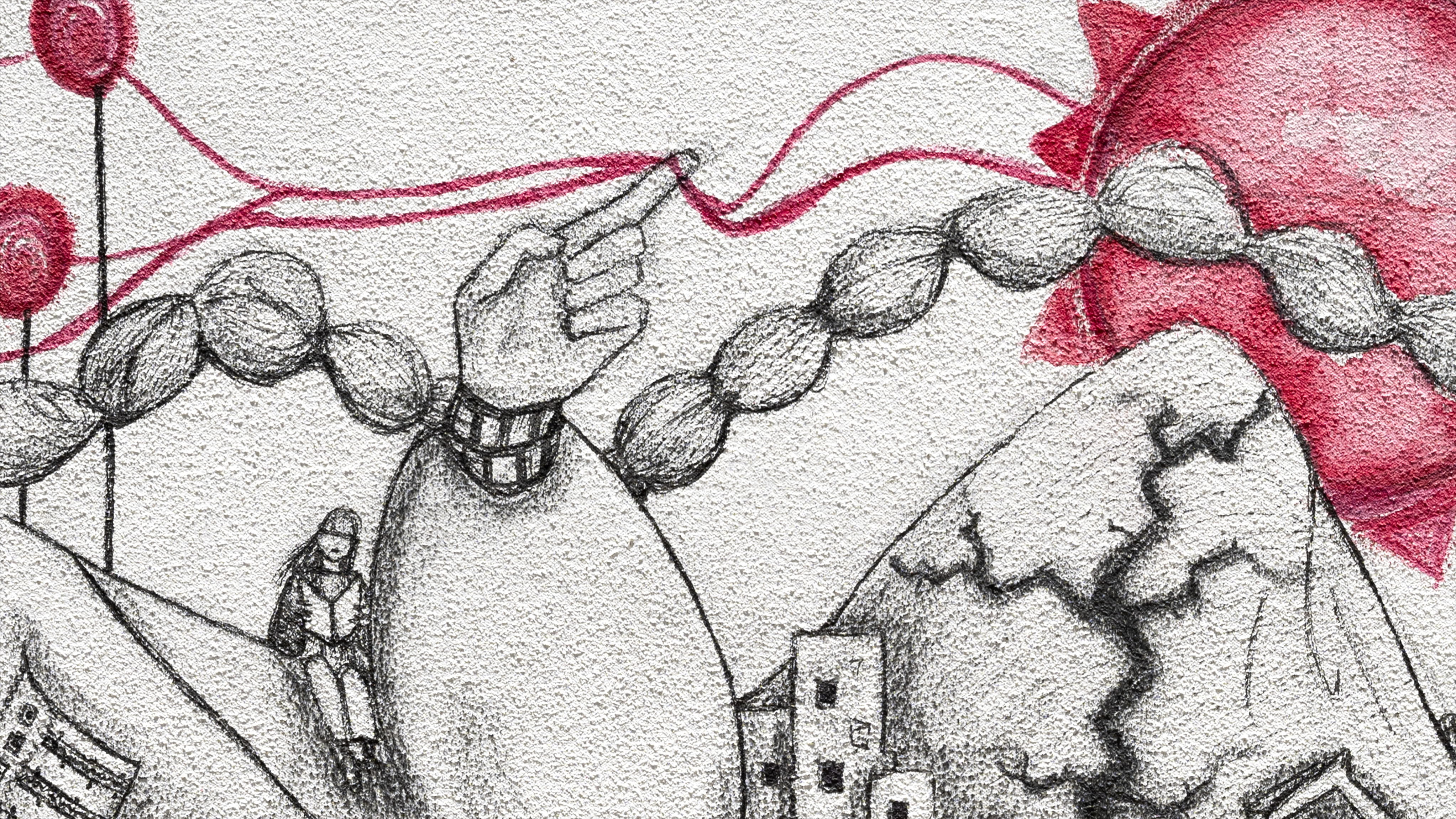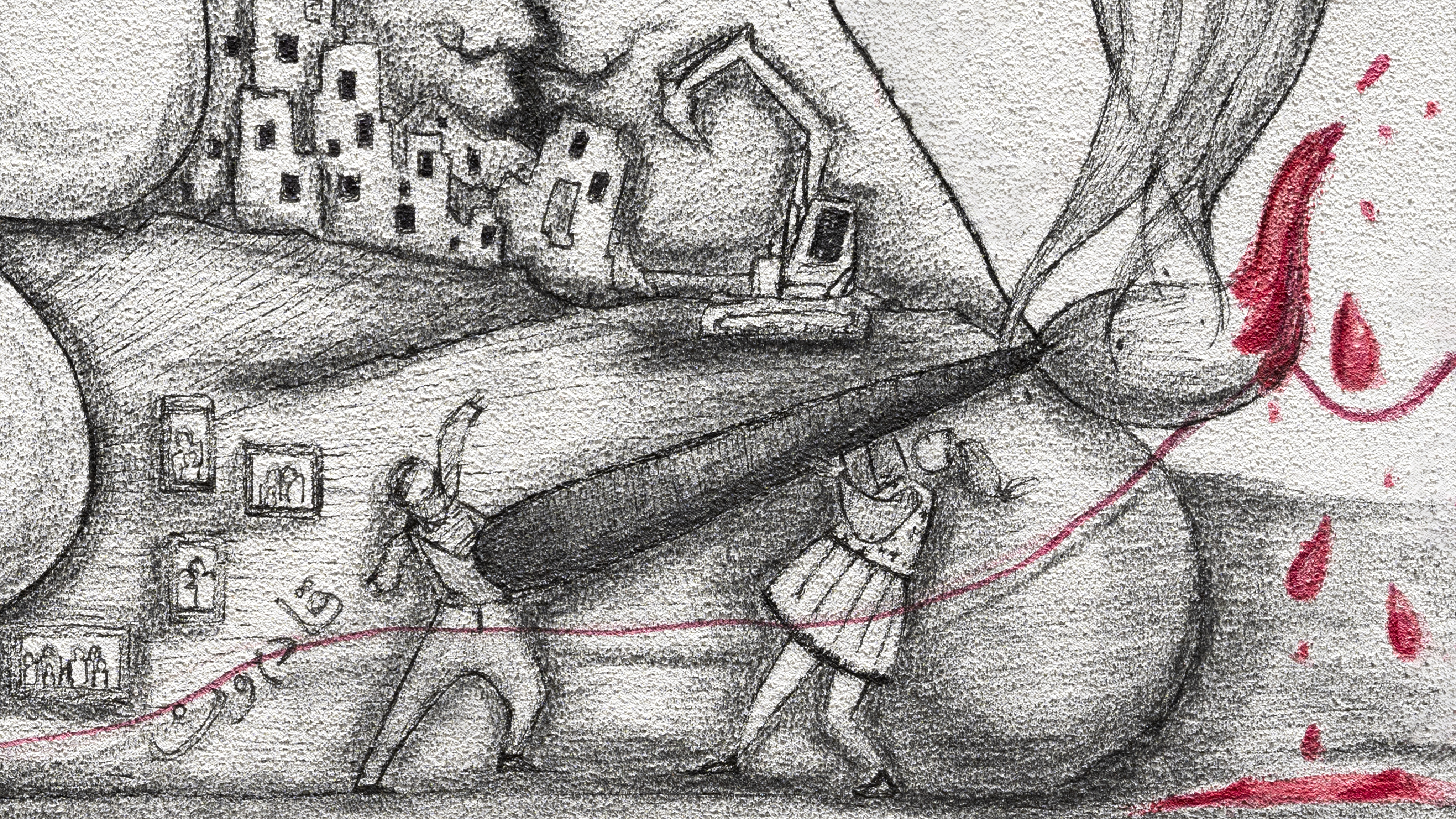This article is part of a dossier in partnership between SyriaUntold and Orient XXI, exploring the consequences of the devastating earthquake that struck Turkey and Syria in February 2023.
Before February 6, 2023, I had started to lose any hope in putting Syrians together again across the different geographies of the country. Indeed, the conflict in Syria was entering its twelfth year, and the country had been more or less divided into four zones of influence since the famous March 2020 agreement between Turkish President Erdogan and Russian President Putin. The South West of the country as well as the Center and the Coast are under control of the regime in Damascus supported by Russia and Iran, the North East of the country is under control of the Syrian Democratic Forces supported by the US-led international coalition to fight ISIS, and the North West of the country is divided into two areas – one under direct Turkish control and administered via the opposition linked Syrian Interim Government, and one controlled by Hayat Tahrir Al Sham (former Al Qaeda affiliate in Syria) and administered by the so called Syrian Salvation Government. The active phase of the conflict had subsided, and it was looking more and more as a frozen and almost forgotten conflict with media attention completely focused on the Russian invasion of Ukraine.
Each of these zones had its own internal dynamics in governance, economy, social life, and all other aspects of public life, which crystalized insulation and defacto borders and made crossline work almost unimaginable. Attempts at creating crossline humanitarian responses failed several times, especially in responding to the COVID-19 pandemic with each zone developing its own response mechanism. Humanitarian modalities in each zone were different, and people movement from one zone to the other was almost impossible. Hate speech was at its highest point with people accusing each other of miseries, racism, and all kinds of discriminations. Societal forces were drifting away from each other, completely engulfed in their own challenges and difficulties… or so it appeared.
Before February 6, 2023, societal forces were drifting away from each other, completely engulfed in their own challenges and difficulties… or so it appeared.
The first earthquake hit at 4:17 am on February 6 followed by a second one at 13:24 on the same day. It was one of the strongest earthquakes to hit the area in centuries. Hundreds of thousands found themselves trapped in rubble or homeless. More than 50.000 people lost their lives between Southern Türkiye and Northern Syria. The scale of destruction was unimaginable spreading over tens of thousands of square kilometers. Historic cities like Antakya were completely destroyed and the Turkish government was entirely absorbed by the response inside Türkiye. The earthquake also affected areas under control of the regime, especially Jableh on the coast and parts of Aleppo city. Several buildings collapsed and hospitals struggled to accommodate all the injured. Some had to be transported all the way to Damascus (a 320km journey). The situation in Northern Syria was even more precarious as the area was already heavily damaged due to the constant bombardments by the Syrian and Russian air force. The main road for humanitarian deliveries to Northern Syria was heavily damaged and no alternatives were available as the UN Security Council had only authorized one border crossing for cross border humanitarian deliveries earlier in January 2023. Crossline deliveries were impossible as all checkpoints were closed. Hard hit areas included the towns of Jinderes in Northern Aleppo, Harem and Salqin in Idleb. These towns were under different governance models and coordination was impossible. As search and rescue teams and humanitarian aid started flocking to Türkiye, we had hoped from some trickledown effect into Syria, but none of that happened. No search and rescue teams entered Northern Syria, no humanitarian deliveries were possible, UN agencies were completely paralyzed, and people were on the street left to their own fate. It really felt like apocalypse now!
No search and rescue teams entered Northern Syria, no humanitarian deliveries were possible, UN agencies were completely paralyzed, and people were on the street left to their own fate. It really felt like apocalypse now!
It is at this time of catastrophe and helplessness that Syrians came together. Within hours of the earthquake, a convoy of humanitarian aid was being prepared in the Northeast of the country. Indeed, one of the most hit towns is Jinderes which is a majority Kurdish town. Moreover, many forcibly displaced people from Deir Ezzor live in Northwest Syria. Ignoring all the logistical challenges and years of animosity between the NE and NW Syria, people in Deir Ezzor and Raqqa started donating everything they could spare: tents, mattresses, blankets, pillows, food items…etc. The efforts were spearheaded by two civil society organizations in Deir Ezzor: Deirna and Mari. Both organizations are members of the civil society coalition in Northeast Syria, the body that coordinated the crossing. Moreover, several people started selling whatever gold or silver they owned to donate to the convoy. Women in Raqqa gathered in Al Naim square to donate their gold and jewelry. Within three days, the convoy was 77 truck long and on its way from Northeast Syria to Northwest. Then came the challenge of allowing the convoy to cross the “Aoun Al Dadat” crossing (the checkpoint between Turkish controlled areas and SDF controlled areas). No one on the Syrian opposition side dared to take a decision. Everybody was waiting for a reaction from Türkiye which was completely swamped with its own earthquake response.
It is at this time of catastrophe and helplessness that Syrians came again together.
Several civil society organizations, including the one I lead, tried to mediate the crossing. Eventually, tribal leaders on both sides of the line pushed the final decision and brought the aid in with support from the Syrian civil defense. Yet another example of how civic actors are quicker, more efficient and effective in emergency response: in the past decade of conflict, they have always been the ultimate negotiators when it comes to humanitarian needs, including evacuations. Aid also started arriving from the Kurdistan Region of Iraq via the Barzani Foundation that made cross border deliveries directly into Jinderes. All this happened while the UN was completely incapacitated and did not deliver a single convoy to the area until eight days after the catastrophe. A fuel tank convoy was less lucky in crossing the line; a stark reminder of the heavily politicized and polarized aid environment prevailing in the region. Each political and military actor wanted to claim they were the saviours of the people and hence the fuel convoy did not cross.
Off the Richter Scale: Tracking Misinformation in the Aftermath of the Kahramanmaras Earthquake
24 May 2023
Aid did not only come from Northeast Syria. Many friends, families, and civic activists in regime-controlled areas started collecting items as well to send to the most affected areas either in kind to areas they could access or cash via the Hawala system to other areas. Civilians started volunteering to pull people out of the rubble and distributing tents, food items, and basic shelter tools to the affected population. Although the Syrian regime had a laissez faire attitude in the first 72 hours, it quickly tried to control all this activity and imposed two channels of delivery: the Syrian Arab Red Crescent and the Syria Trust for Development (a charity run by Bashar Al Assad’s wife). Obviously these two actors were not going to send any aid to Northwest Syria, but aid started reaching the affected areas on the coast and in Aleppo city, coordinated by the Syrian Arab Red Crescent and the ICRC. However civic actors were not happy with this and decided to bypass the regime’s blockade in Northwest Syria by sending cash. Quickly, people started donating whatever they could in cash or gold and networks were immediately established to deliver the money in the most efficient way; mainly by trusted actors operating in the different areas using the Hawala system.
The other interesting development was the almost complete disappearance of hate speech in legacy and new media. Not only it disappeared but was quickly replaced by calls for mutual support and solidarity. The Syrian Facebook transformed overnight from a war arena to a solidarity arena. Everyone was calling for the depoliticization of the earthquake response. Online fundraisers started spreading everywhere, databases for missing people were developing and centralizing access to information. People in regime-controlled areas started sharing fundraising appeals for the White Helmets and the Molham Volunteering Team (two NGOs traditionally perceived as opposition linked), something unheard of ever. Search and rescue teams from the White Helmets, accused of being Al-Qaeda terrorists only a few months ago, were hailed as heroes and their photos were widely shared. Government media was pressured to include casualties from all areas. WhatsApp groups were immediately formed to check on the safety and whereabouts of friends and families but also coordination groups to manage the response, share needs and priorities, and develop joint proposals.
The other interesting development was the almost complete disappearance of hate speech in legacy and new media. Not only it disappeared but was quickly replaced by calls for mutual support and solidarity. The Syrian Facebook transformed overnight from a war arena to a solidarity arena.
Six months after the disaster, the social media space is no longer sharing this message, or it has gone mute. The main challenge post-earthquake is how to maintain this solidarity movement and how to build on it. Syrians have proven that conflict lines are artificial, and that they still care about what’s happening across and beyond them. The role of civil society actors is of prime importance here. Indeed, Syrian civil society has systematically acted as a last line of defense to protect Syria’s social fabric since 2011. It led most peacebuilding initiatives, and it finds its solidarity at the core of the revolutionary movement of March 2011. First, they have to maintain the lines that were opened during the earthquake response. These can be used for information sharing, developing best practices, and eventually working on joint advocacy points. People to people relations have to be invested in through social networks, tribal networks, and family ties. Second, they have to strengthen acceptance and recognition. Success stories should be highlighted and celebrated across the lines. A victim-centered, rights-based, and gender sensitive approach should be the guiding principles for all civil society actors. Third, dialogue should be fostered among civic actors. Through this dialogue local solutions to localized conflicts can emerge, as well as a better understanding of needs and priorities in all areas. Finally, a sectoral collaboration should be attempted. Priority sectors are: health, WASH, and education. Joint programing and holistic needs assessments are possible when there is a will.
The Syrian people have opened the door for a nationwide solidarity movement during the earthquake. It is now up to civil society actors to pick up the baton and build the pillars for the sustainability and effectiveness of this movement. Opportunities like this are very rare in this conflict, it is time for action!


